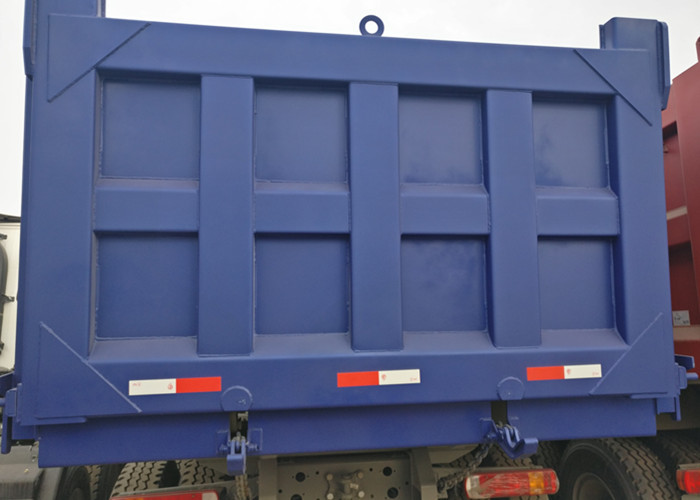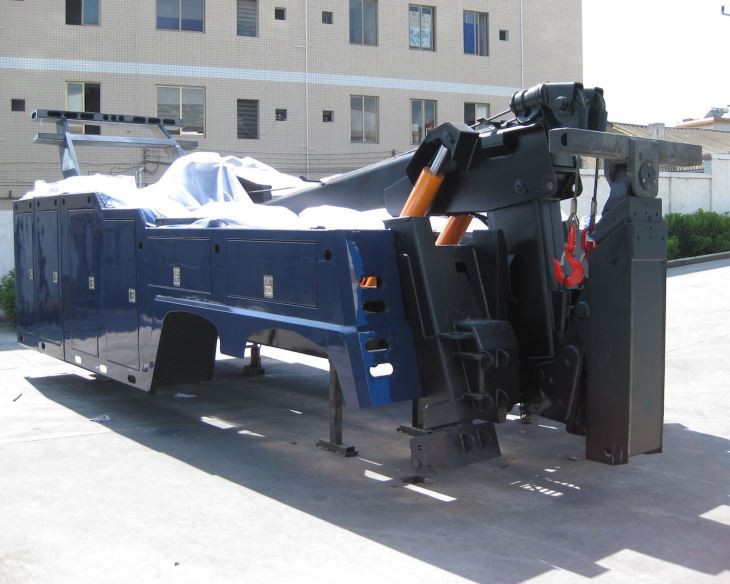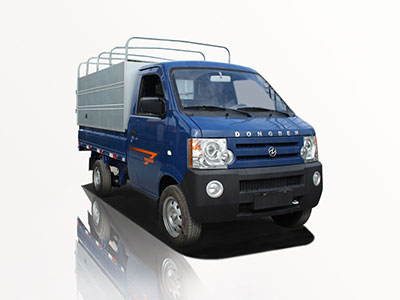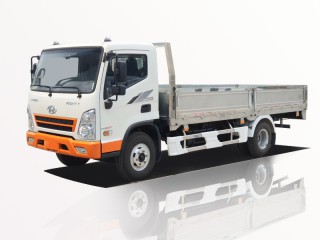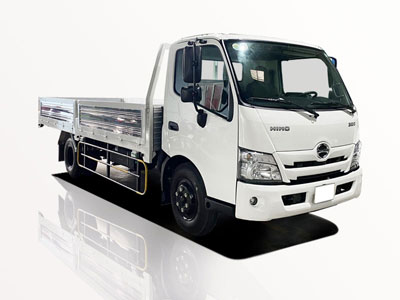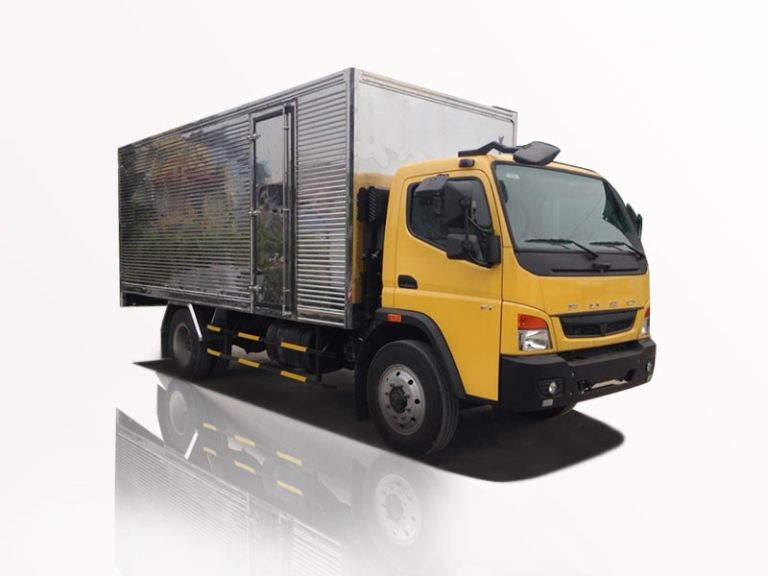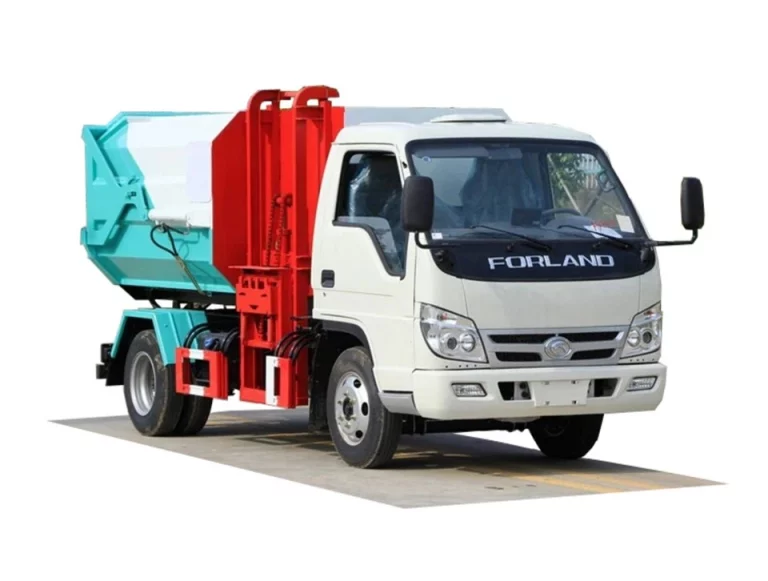Rollback trucks are specialized vehicles designed for transporting cars, trucks, and other heavy machinery. They play a crucial role in the automotive industry, especially in towing services and vehicle delivery. In this article, we will explore everything you need to know about rollback trucks, including their features, types, benefits, and practical applications.
Table of Contents
- What is a Rollback Truck?
- Features of Rollback Trucks
- Types of Rollback Trucks
- Benefits of Using a Rollback Truck
- Practical Examples of Rollback Truck Use
- Rollover Trucks vs. Rollback Trucks
- Choosing the Right Rollback Truck
- Maintenance of Rollback Trucks
- Frequently Asked Questions
What is a Rollback Truck?
A rollback truck, also known as a flatbed tow truck, is a type of towing vehicle equipped with a flat platform that can be tilted backward to allow vehicles to roll on and off easily. This design eliminates the need for winches or mechanical lifts, making the loading and unloading process more efficient. Rollback trucks are commonly used by towing companies, automotive dealerships, and for personal transport of vehicles.
How Rollback Trucks Work
Rollback trucks operate using a hydraulic system that tilts the flat platform. When the platform is lowered, vehicles can roll onto it. Once the vehicle is in position, the platform is returned to a horizontal position for secure transport. This mechanism allows for easier loading of cars that may not be operable, enhancing safety and convenience.
Features of Rollback Trucks
| Feature | Description |
|---|---|
| Flatbed Design | A flat platform that accommodates various vehicles. |
| Hydraulic System | Allows the bed to tilt for easy loading and unloading. |
| Winch | Some models include a winch for additional loading assistance. |
| Secure Tie-Down Points | Ensures that loaded vehicles are secured for transit. |
| Adjustable Bed Length | Some trucks feature extendable beds to accommodate larger vehicles. |
Types of Rollback Trucks
Various types of rollback trucks are available, catering to different needs and specifications:
Standard Rollback Trucks
These trucks have a flatbed that can be tilted and are ideal for standard vehicle towing.
Heavy-Duty Rollback Trucks
Designed to transport larger vehicles like SUVs, trucks, or construction equipment, these trucks feature robust frames and higher weight capacities.
Light-Duty Rollback Trucks
Ideal for smaller vehicles, these trucks are more compact and easier to maneuver, making them suitable for urban environments.
Benefits of Using a Rollback Truck
Rollback trucks offer numerous advantages, making them integral to the towing industry:
1. Efficiency in Loading and Unloading
The tilt bed design allows for quick and easy loading, significantly reducing the time required compared to traditional tow trucks.
2. Enhanced Safety
With a rollback truck, the risk of damage to vehicles during the towing process is minimized as they can be loaded and secured without the need for heavy lifting or dragging.
3. Versatility
Rollback trucks can transport a wide variety of vehicles, from motorcycles to large construction equipment, making them a versatile choice for any towing service.
4. Cost-Effectiveness
With their efficient design and capabilities, rollback trucks can save towing companies money in terms of time and labor.
Practical Examples of Rollback Truck Use
Understanding the practical applications of rollback trucks can help potential buyers or users appreciate their versatility. Here are some scenarios:
1. Emergency Towing Services
Rollback trucks are commonly used by towing companies to retrieve vehicles involved in accidents or breakdowns. The rapid loading and delivery ability make them a go-to choice for emergency services.
2. Dealership Vehicle Transport
Automobile dealerships often use rollback trucks to deliver newly purchased vehicles to customers or to transport trade-in cars to their lots.
3. Transporting Non-Operational Vehicles
For vehicles that cannot be driven, such as those with engine failure or damage, rollback trucks provide an efficient way to transport these vehicles safely.
4. Construction and Agricultural Equipment Transport
Heavy-duty rollback trucks are frequently employed in transporting construction and agricultural equipment between job sites.
Rollover Trucks vs. Rollback Trucks
While both types of trucks are used for vehicle transportation, there are notable differences:
| Feature | Rollback Trucks | Rollover Trucks |
|---|---|---|
| Loading Mechanism | Tilting flatbed | Manual lifting |
| Ease of Use | More efficient and safer | Requires more effort |
| Vehicle Capacity | Varies by model, generally versatile | Typically lower capacity |
| Common Use Cases | Emergency towing, vehicle transport | Light-duty towing |
Choosing the Right Rollback Truck
When selecting a rollback truck, several factors should be considered:
1. Weight Capacity
Determine the maximum weight you will need to transport regularly to ensure you select a truck that meets your capacity requirements.
2. Vehicle Size
Consider the types of vehicles you will be hauling. A heavy-duty model may be necessary for larger vehicles.
3. Budget
Assess your budget including initial purchase and ongoing maintenance costs. Compare multiple options to find the best fit.
4. Brand Reputation
Research manufacturers and their reputation for durability and customer support. Brands with a solid history will likely provide better long-term value.
Maintenance of Rollback Trucks
Proper maintenance is crucial to ensure the longevity and efficiency of rollback trucks. Here are some essential maintenance tips:
1. Regular Inspections
Conduct regular inspections of the hydraulic system, flatbed, tires, and brakes. This can prevent unexpected breakdowns and enhance safety.
2. Lubrication
Keep all moving parts well-lubricated to avoid wear and tear that can lead to failure.
3. Cleaning
Regularly wash the truck to remove dirt, grime, and any corrosive substances that could affect its components.
4. Monitoring Fluid Levels
Check and maintain proper fluid levels in the hydraulic system, engine, and transmission to ensure optimal performance.
Frequently Asked Questions
1. What is the maximum weight a rollback truck can carry?
Several factors influence the weight capacity, including the truck model and specifications. Most light-duty rollback trucks can carry between 5,000 to 12,000 pounds, while heavy-duty models can handle over 20,000 pounds.
2. Can a rollback truck transport non-operational vehicles?
Yes, rollback trucks are designed to transport non-operational vehicles, allowing for safe loading and unloading.
3. How do I operate a rollback truck?
Operating a rollback truck involves understanding the hydraulic systems for tilting the bed and knowing how to secure the vehicle being transported. Proper training and practice are recommended.
4. Are rollback trucks suitable for all types of vehicles?
Rollback trucks are versatile and can accommodate a wide range of vehicles, although specific models are designed for heavy-duty transport, while others are meant for lighter vehicles.
5. How often should I maintain my rollback truck?
It’s advisable to conduct routine inspections monthly and perform in-depth maintenance work quarterly to ensure the vehicle remains in good working condition.
6. What should I look for when purchasing a used rollback truck?
When buying a used rollback truck, check its maintenance history, inspect for any signs of damage, and ensure the hydraulic system is functioning properly.
